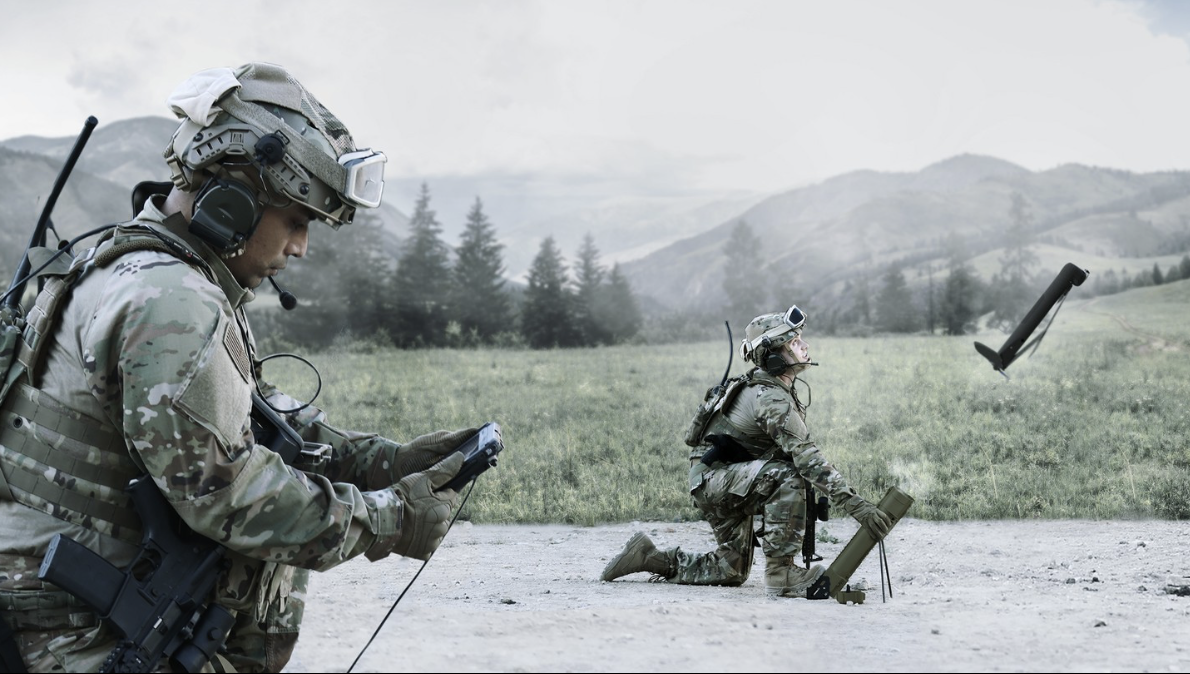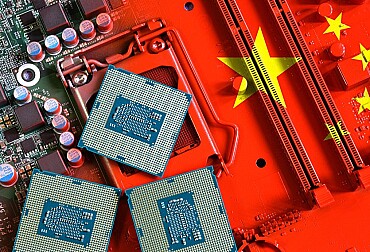Ukraine’s military transformation: NATO membership may be soon irrelevant
In recent years, Ukraine has undergone a military revolution that could soon render the question of NATO membership less significant. Ukrainian President Volodymyr Zelenskyy recently announced that 30% of the military equipment used by Ukraine in 2024 was domestically produced. This includes advancements in self-propelled howitzers, unmanned aerial vehicles (UAVs), and cutting-edge anti-tank systems. These developments, alongside significant Western investments, are reshaping Ukraine’s defense capabilities and signaling its deeper integration into NATO-like military structures.

Ukraine’s Defense Industry: A Rapid Evolution
Ukraine’s military industry has achieved remarkable success. The country has domestically produced more than a million drones by October 2024, while weapons like the Bohdana self-propelled howitzer and the Stugna-P anti-tank guided missile have gained significant acclaim on the battlefield. These systems are complemented by Ukraine’s ability to modernize ex-Soviet weaponry, produce 155mm ammunition locally, and innovate in areas like robotics and missile technology.
The Bohdana howitzer, mounted on a Tatra chassis, is a standout achievement. With a production capacity of up to 20 units per month, it meets modern criteria for wheeled artillery systems, including electronic warfare capabilities often absent in comparable Western models. These advancements reflect Ukraine's growing self-reliance and ability to contribute to global defense markets.
Western Investment: A Game Changer
Major Western defense companies like Rheinmetall, BAE Systems, and AeroVironment are investing heavily in Ukraine. These firms are not only supporting Ukraine’s war effort but also positioning themselves to expand into markets traditionally dominated by Russia.
- Rheinmetall, the German defense giant, is building four factories in Ukraine, delivering modern combat vehicles like the Lynx armored personnel carrier. These will be the most advanced armored vehicles in Ukraine, rivaled only by Sweden’s CV90.
- BAE Systems is supporting the maintenance of donated artillery systems like the L119 howitzers and helping Ukraine rebuild its industrial base.
- AeroVironment, an American UAV manufacturer, has signed a localization agreement for its Switchbladeloitering munitions, meaning assembly and training will now occur within Ukraine.
Robotic Warfare and Cutting-Edge Technologies
Kyiv is also leading in robotic warfare. Ukraine recently executed its first successful ground assault using fully autonomous unmanned ground vehicles (UGVs). The integration of microdrones with armored vehicles is another innovation being tested in combat. These technologies, still in their infancy in Western militaries, are being refined under real battlefield conditions in Ukraine.
Ukraine’s ambitions extend to developing Hrim-2 ballistic missiles, Trembita cruise missiles, and hybrid systems like Palianytsia, which combine UAV capabilities with ballistic missile features. These projects highlight Ukraine’s determination to remain at the forefront of modern warfare.
The Strategic Significance
These developments are reshaping Ukraine’s relationship with NATO and its Western allies. Investments by defense giants indicate confidence in Ukraine’s long-term stability and its gradual integration into European structures. These efforts are also undermining Russia’s influence, as Ukraine becomes an attractive market for Western arms manufacturers.
For President Vladimir Putin, these advancements present a greater challenge than any diplomatic negotiations. Ukraine’s military transformation ensures that, structurally, it will soon resemble a NATO army, regardless of formal membership. Furthermore, the hostility between the Ukrainian population and Russia ensures a permanently fortified border against a deeply entrenched adversary.
A Future Beyond NATO?
As Ukraine continues its defense evolution, the relevance of formal NATO membership diminishes. Its integration into Western defense systems, combined with growing self-reliance, demonstrates a shift toward a de facto NATO status. This transformation sends a clear message: Ukraine’s future lies firmly within the European and transatlantic sphere, whether Moscow likes it or not.









